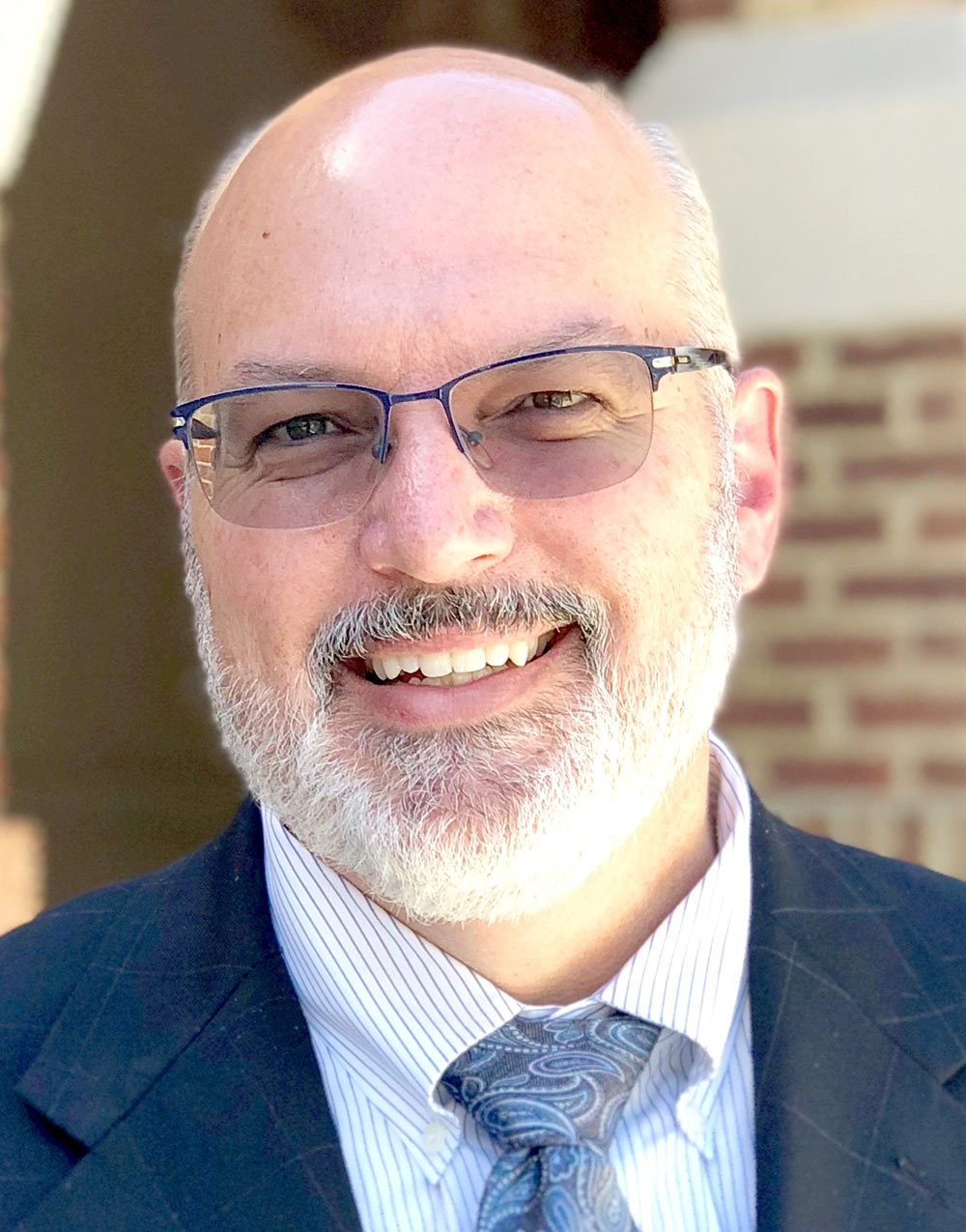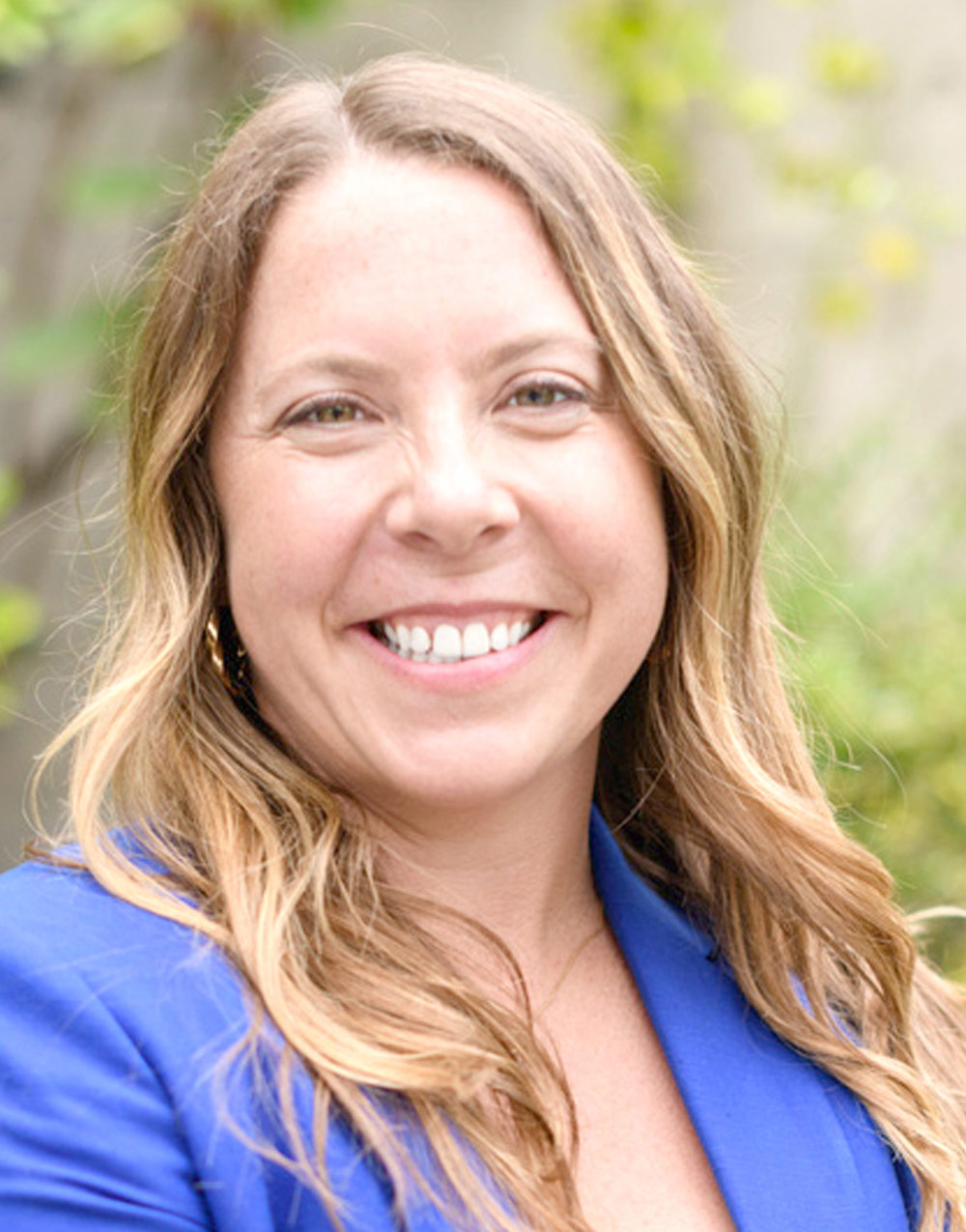

from the field
Maintaining gains made by high school districts
alifornia has invested in an unprecedented expansion of expanded learning programs (after-school and summer), recognizing the academic, enrichment and social benefits these programs can play in students’ lives. Through the Expanded Learning Opportunities Program (ELO-P), California invests $4 billion annually in after-school and summer programs, with the goal of universal access for elementary school students by 2025.
Not only have we seen the toll that the pandemic has taken on teen learning loss, attendance and mental health, but adolescent brains are developing more significantly than at any time since early childhood. It is also a time when teens are growing intellectually, socially and emotionally. Adolescents need supports and opportunities not just in the traditional school day, but also out of school, including the mentoring relationships, college and career exposure, leadership development and skill building that school- and community-based expanded learning programs provide.
Despite the clear need for expanded learning programs for middle and high school youth, California does not invest adequately in expanded learning for these students. High school youth receive less than 2 percent of after-school and summer funding, while representing 33 percent of all students. Middle school students don’t fare much better: less than 5 percent of funding is reaching them.
According to a new report by the Partnership for Children & Youth, research shows that expanded learning programs provide academic benefits in terms of increased graduation rates, standardized test scores and English language proficiency; boost school attendance; provide college and career readiness activities; improve well-being; and increase healthy behaviors by reducing drug use and crime.

For example, the El Dorado Union High School District in Placerville has prioritized academic and enrichment classes for students during the summer. Students have benefited from making up credits and improving their grades for college eligibility. They have also had access to career technical education opportunities in a variety of sectors, including health, the fire academy, natural resources and agricultural mechanics. But all of this was funded with one-time dollars, and the budgets for these programs are disappearing. It’s a real tragedy to have the support for these programs end for high school students who are looking to get ahead.
Since 2002, California has had a program that funds expanded learning for high school students called the 21st Century High School After School Safety and Enrichment for Teens (ASSETs) program. But ASSETs fails to reach over 1,000 schools with high concentrations of low-income students. There is little doubt that if more funding were available, schools and districts would line up to access it. There was great demand for expanded learning for older youth even before the pandemic. In recent years, demand has continued to be high, with more than twice as much ASSETs funding sought than was available. For middle schools, demand exceeded supply by seven times.
While there is a chance that some middle and high schools can access ELO-P funding if there is any left over after a district meets its obligation to provide expanded learning to all interested TK-6 students, we currently don’t know if this is happening because there has been no statewide reporting of ELO-P funds being used by middle or high schools. Moreover, because high school districts are not eligible for ELO-P, there is no possibility of ELO-P funding going to the state’s 76 high school districts, serving over 573,000 students a year. Statewide leaders and policymakers should figure out how to direct more ELO-P funds to middle and high school students.

Districts up and down the state clearly value after-school and summer programs for older youth, enough to run programs sometimes even without ASSETs funding. According to a 2023 survey of a cross-section of nearly 30 superintendents, the vast majority of districts surveyed operate summer programs for high school students, relying in large part on one-time federal pandemic relief funding. Given the reliance on these expiring funds and the lack of dedicated ongoing funding, most districts surveyed expect to make cuts in 2024 to their summer programs, with some being forced to abandon their programs altogether. Before these essential programs disappear, the state should step up to ensure districts can maintain this critical safety net that provides needed hours of learning and development for students.
Providing access to quality expanded learning programs is an equity issue. Particularly compared to their higher-income peers, lower-income students have a very hard time affording to pay for out-of-school time activities, if they can afford them at all. Given all the benefits of after-school and summer programs, it is critical that lower-income middle and high school youth have access to expanded learning opportunities.
California has an opportunity to build on what is already working for older youth and make common-sense investments in our teens and the programs that benefit them. Students, parents, educators and communities are counting on it.